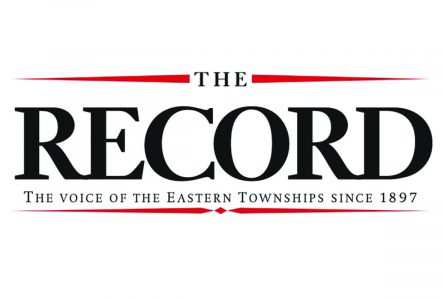With COVID-19 regulations still in place, Bishop’s University began the fall semester using a hybrid model.
After assessing the wants of students, possible risk, and implementing several safety measures, Bishop’s University decided on opening its doors for another year on Sept. 9, 2020. As students and staff continue to follow COVID-19 regulations by social distancing and limiting their contact with each other, a large portion of courses have been moved online. Those that must still be held in person are limited to smaller class sizes and students are required to social distance while in class.
Students and professors alike are feeling strange after their first days of classes. “So far, it’s been pretty challenging,” said Alana Ospina, a first-year student. “I find it hard to stay motivated from home and each professor has a different way of handling things, which makes the experience much more complicated and confusing.”
Cheryl Gosselin, a sociology professor at Bishop’s, is teaching all of her courses online. “This is a steep learning curve for me,” she said. “I originally told myself that this was a new adventure, so I was fine with all this. Now, the anxiety has set in, so I am feeling rather nervous about my new adventure.”
Gosselin said that both she and her students are missing their normal classes. “The general consensus among all of us is that we’d prefer to be in the classroom, but we realize that we have no choice,” she said.
The few classes that remain in person are what makes the university’s approach ‘hybrid’. Another professor, Vicki Chartrand, is teaching both online and in-person simultaneously. “Teaching both online and on campus is very different,” she said. “On campus, it almost feels bleak without the student body.”
Chartrand explained that the hybrid model becomes difficult when, as a professor, she must divide her attention between students in the classroom and those tuning into class virtually. “There is a bit of a normal classroom situation,” she said. “With the hybrid, it feels like my attention is divided. A lot of students won’t put up their video and teaching isn’t just auditory, it’s visual and everything. I feel like I’m missing cues to pay attention to certain students.”
Students and professors have been offered a wide range of resources and support from the university. Gosselin described that there has been a group of students deemed the ‘Online Learning Team’ who have been supporting professors and helping them along with the technology. Students have also been offered workshops on the learning platforms being used and have full access to online support.
While there are bound to be issues with a completely redesigned university approach, students and professors alike have expressed how impressed they are with the university. “They’ve really generated such a community of support. I really have to tip my hat to those handling the online courses,” said Chartrand. “Even students. It’s all about making the best of what is given to you. Some are in Vancouver right now, spending time with family, they’re taking advantage of the situation and there are a lot of things that can be used to our advantage right now.”
Staying connected during COVID-19: Remote and hybrid learning models at BU
By Reann Fournier, Special to The Record



